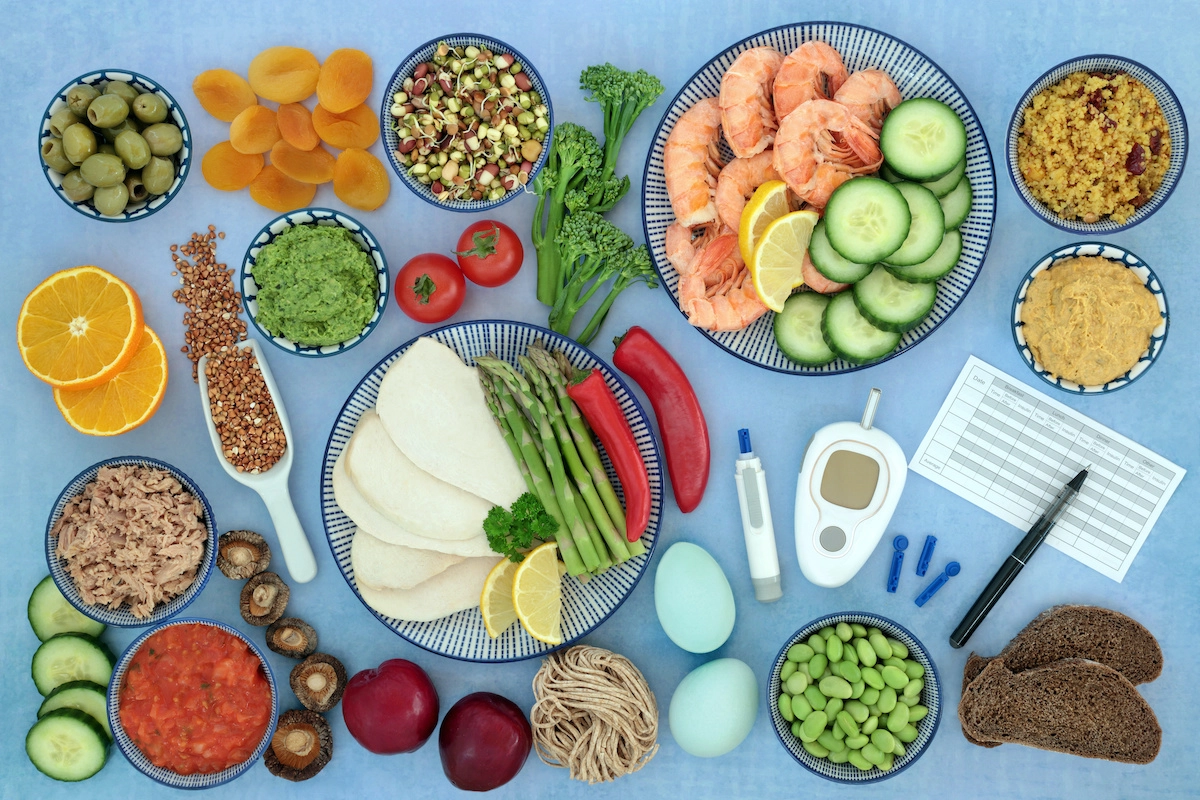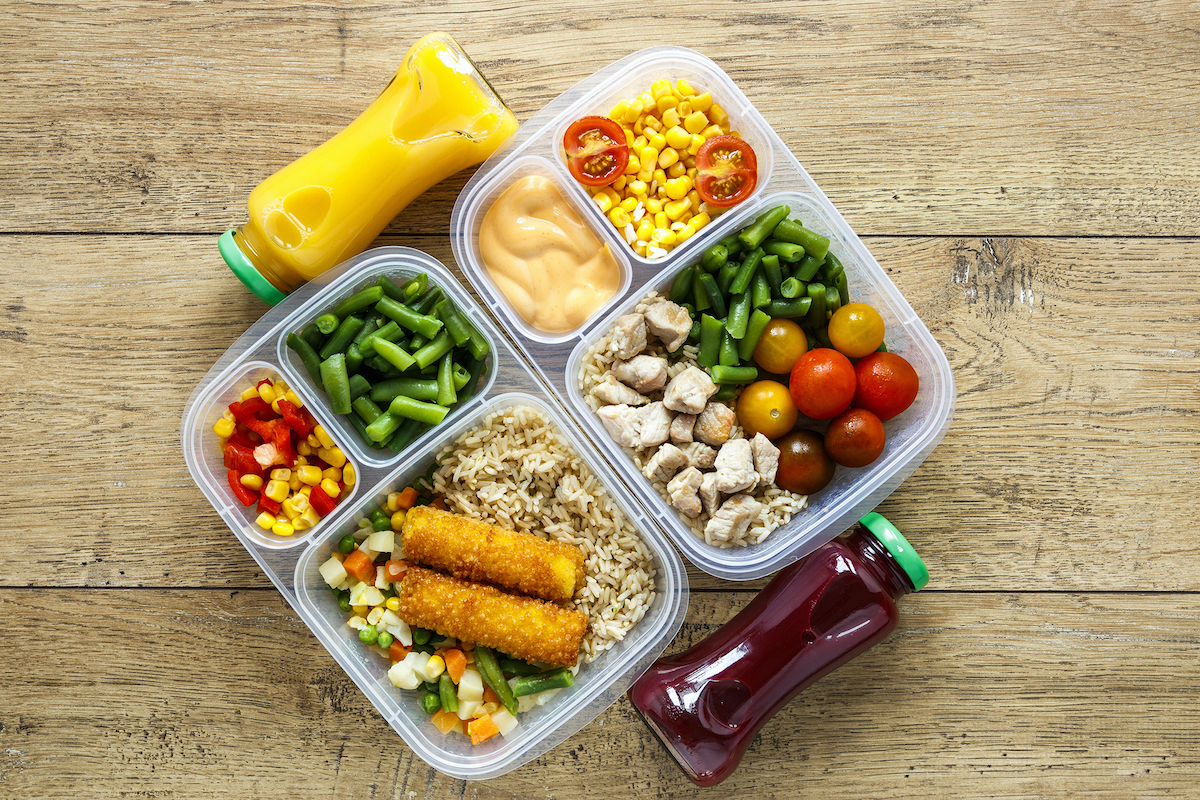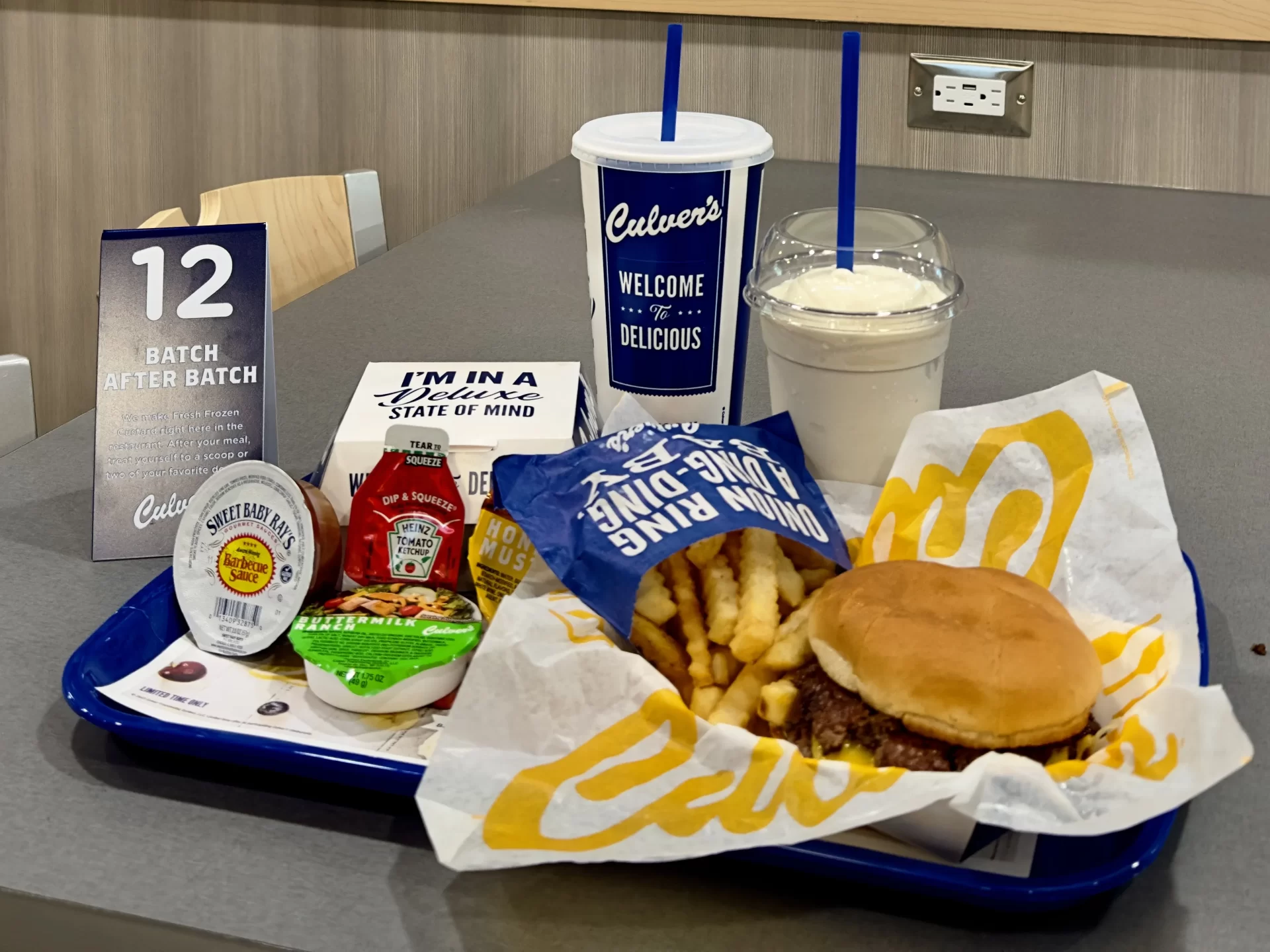
A fascinating area of research that has found that the order in which food groups are consumed during a meal can indeed have an effect on the degree to which blood sugar fluctuates. This discovery is important because repeated and sizeable swings in blood sugar are linked to an increased risk of developing insulin resistance. That is when the body’s response to insulin becomes sluggish, which can cause elevated levels of blood glucose. Over time, insulin resistance can lead to someone developing pre-diabetes. If unchecked, it often escalates to Type 2 diabetes, a disease that affects an estimated 39 million people in the United States.
Several studies have found that eating vegetables and protein before consuming simple carbohydrates had a beneficial effect on post-meal blood sugar. Researchers in Japan are among those who have explored the idea. In that study, participants were asked to repeatedly eat the same meal, which consisted of protein, vegetables, and white rice. The difference was that they consumed the food groups in a different order each time. The food was eaten on three days, with an overnight fast between each day. After each meal, changes to insulin levels and blood glucose concentration were measured over the course of the next two hours.
When participants began by eating a simple carbohydrate—in this case, white rice—their post-meal blood glucose and insulin levels were measurably higher than those who had eaten the white rice last. Conversely, when those same participants began by eating protein and vegetables, which are complex carbs, and saved the rice for last, their post-meal insulin and glucose levels were measurably lower.
The speed at which food is consumed also appears to play a role in blood sugar control. Studies show that when people race through a meal, they have higher levels of blood glucose and insulin than when the same foods are eaten at a leisurely pace.
As for why this may be, it’s all about the composition of the foods involved. Complex carbohydrates are high in fiber. As they are digested, this category of food creates a kind of gel matrix that slows absorption in the small intestine. Fats and protein help to moderate the pace at which food moves through the digestive system, which also puts the brakes on absorption. When eaten last, simple carbs enter a digestive landscape that discourages fast absorption. This results in a healthful reduction of post-meal blood glucose levels and decreased demands on insulin.
The takeaway here is that you can protect your blood glucose levels on multiple fronts. It is still important to limit consumption of simple carbs. That includes snack foods, highly processed foods, and those with added sugars. Consider beginning a meal with a salad or fresh vegetables, save the simple carbs for last and remember to eat slowly.
Source: https://www.uclahealth.org/news/article/eating-certain-order-helps-control-blood-glucose








